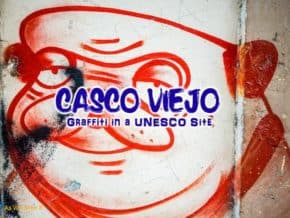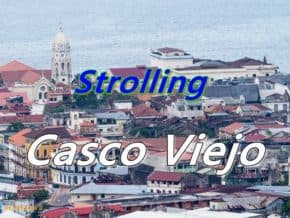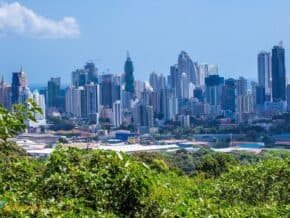There is a trellised promenade in Casco Viejo that is one of the most beautiful parts of Panama City's Old Town. Officially known as Paseo de Las Bóvedas, this vine- and bougainvillea-covered esplanade runs along the top of the sea wall that the Spanish built to protect the city in its early days.
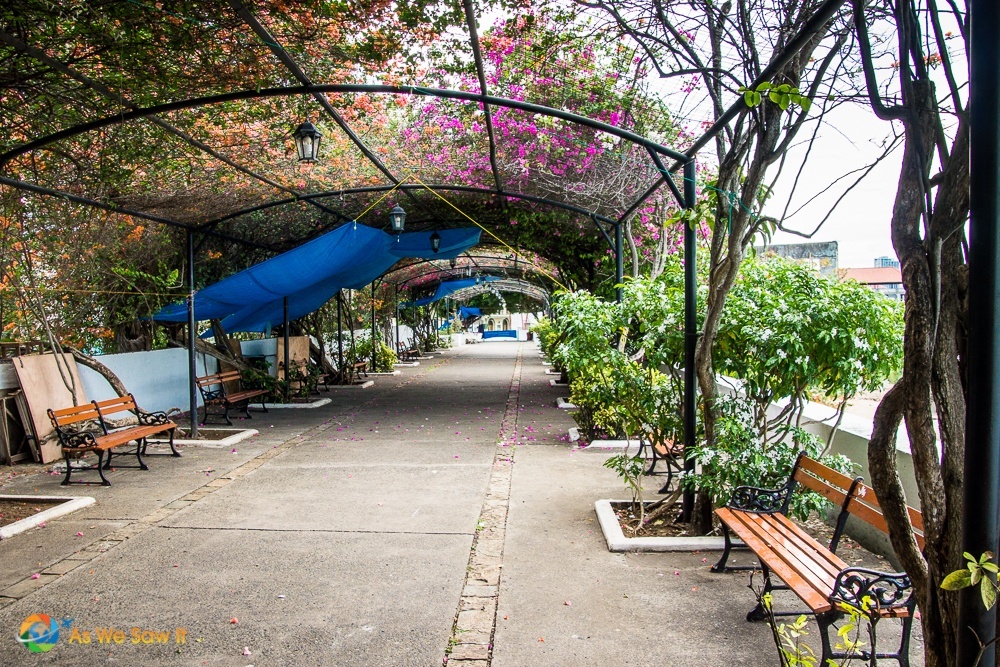
Because the promenade's lush greenery offer a shady refuge from the hot tropical sun, it is one of the best places to find people selling local crafts. On any given day you will find it lined with tables, their vendors all eager to sell their traditional crafts to passersby. Locals and tourists too will be there, walking among the crafts for sale or watching an occasional vendor create more product to sell as she waits for a sale.
Looking for Kuna Yala? You've come to the right place.
The indigenous Kuna Yala are the most distinctive and easy to identify group in Panama. Although most of them live in the San Blas islands and run the resorts and hotels there, Casco is the easiest place to find them.
Enterprising Kuna women know that Casco is crawling with tourists who are looking for something from the country to take home as a souvenir. They have wisely set up stalls there to sell their unique handicrafts to tourists.
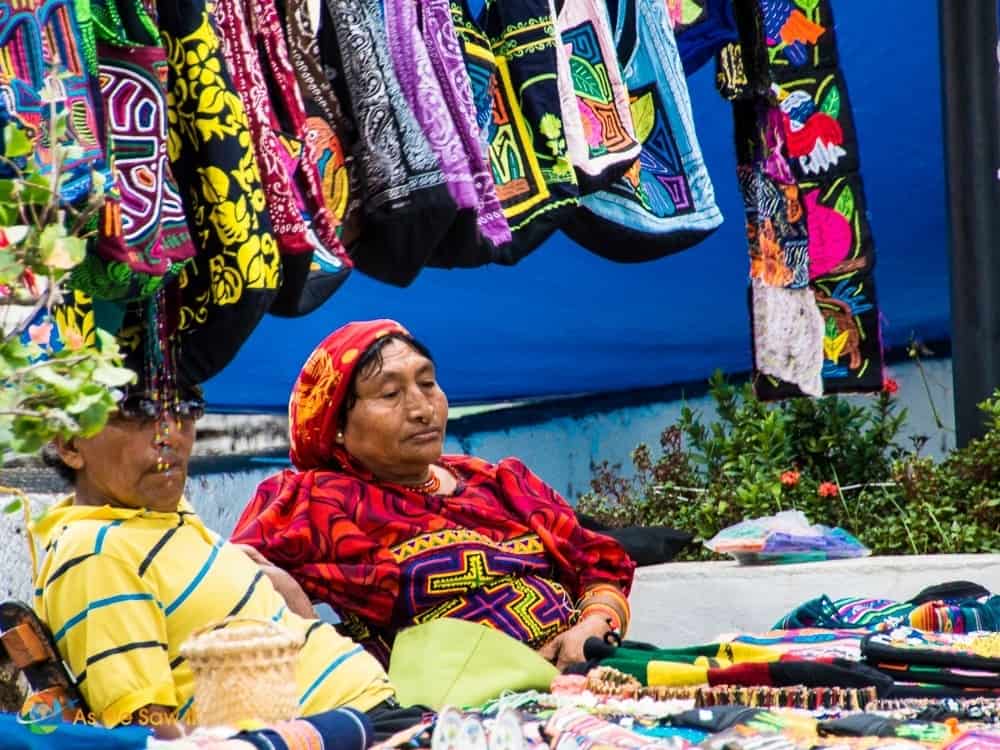
If you have ever seen intricate, multi-colored reverse-applique panels, it is the Kuna who make them. Known as <em>molas,</em> they are among the most popular souvenirs of the country. The resourceful Kuna sell not only mola panels, but anything and everything they can create with one. You can buy mola T-shirts, potholders, bedspreads, wall hangings, you name it.
Actually, <em>mola</em> means “clothing” in Kuna language. The women make their brilliantly hued dresses that way. (They also decorate their legs by wrapping their calves with strings of tiny, vivid beads. Their husbands, though, prefer to wear Western clothing.)
Tip: Kuna don't like to have their photos taken. They feel that if people are profiting from selling their images on the internet, they should receive compensation as well. So if you intend to take a photo, be sure to pay her for it.
You're at the outermost tip of Casco Viejo
Paseo de las Bóvedas is the ideal place to relax on a bench to watch the day pass slowly and enjoy any cooling breeze that finds its way in from the Pacific.
From here you can lean over the walkway's edge to see the waves crash below or look past the boats bobbing on the water to the skyscrapers of Panama City's modern skyline. Whenever the tide is out you will find flocks of pelicans taking advantage of it and sunning themselves on the rocks.
Walk a bit further down the walkway to get a view of the Bridge of the Americas and the ships waiting to pass beneath it to enter the Panama Canal.
Paseo de las Bóvedas earned its name from the infamous Las Bóvedas (“The Vaults”) that lies beneath. Las Bóvedas was the dreaded and well used dungeon of colonial Panama.
Plaza Francia
At the end of the Paseo you will find a wide staircase that leads down to Plaza Francia. Once the original main square of the walled city, Plaza Francia is dedicated to the thousands of people from around the world who died during French attempt to build the Panama Canal. A dozen or so marble plaques detail the event, while an obelisk stands in the center with a rooster atop (how very French!).
Flanking the Plaza are the French Embassy, the Instituto Nacional de Cultura (National Culture Institute), and the dungeon. These days the dungeon is home to a restaurant, appropriately named Las Bóvedas. And of course the plaza outside is also full of vendors with souvenirs, food and drink.
Panama's Old Town is included in the list of UNESCO's World Heritage Sites

